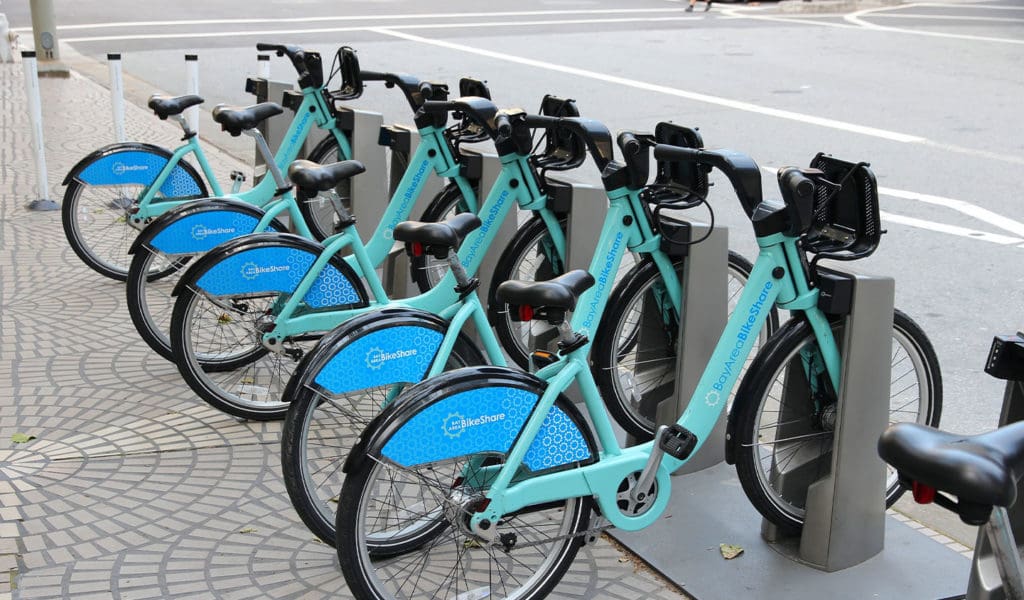New Report Details Bike and Scooter Share’s Rapid Growth

Most people with an interest in the topic would instinctively know that bike share and scooter share are growing. But a new report gives us some more concrete evidence.
The North American Bike Share Association (NABSA) recently released their first annual Shared Micromobility State of the Industry Report.
NABSA is uniquely placed to gather and aggregate this data. They have 77 North American members including most of the major bike and scooter share providers, plus major transportation agencies and cities.
Although its focus is only on North America, rather than global, it paints an encouraging picture. All of the data below is for calendar year 2019.
Shared micromobility has become an integral part of cities across North America. In 2019, at least 292 cities had at least one bikeshare or e-scooter system and 99 had both.
This includes:
• 264 cities in the United States
• 17 cities in Mexico
• 11 cities in Canada
All 151 e-scooter systems are dockless and electric, while the 240 city bikeshare systems have a mix of docked, dockless, and hybrid systems, with some cities having multiple systems of different types. 28% of cities with bikeshare systems have fleets that include e-bikes.
The report found that 36% of shared micromobility trips replaced a car trip. Other trips replaced walking, and public only 5% of trips were new trips that would not otherwise have been taken.
In total patrons of the systems gained almost 30 million hours in additional physical activity broken down as 13.1 million hours on non electric bikes, 1.4 million hours on ebikes and 15.2 million hours on e-scooters.
There were 194,000 vehicles actually deployed on an average day in 2019. This consisted of 70,000 docked bikes, 12,000 dockless bikes and 112,000 dockless scooters.
Within the bike category 85% were conventional and 15% electric.
Each bike or scooter was used 2.9 times per day on average for 1.3 miles (2.2 kilometres) per trip and 23 minutes duration. Scooters were used slightly more frequently (3.2 times per day) for slightly shorter trips both in time and distance.
A lack of equality of users based upon gender, race, income and age has been one of the challenges facing share schemes since their inception.
The typical share scheme user is a high income, college educated white male aged between 25-44.
The NABSA estimates that there were 5,000 full time equivalent jobs across shared micromobility. Despite it’s large environmental and transportation advantages, shared micromobility only receives 14% of its funding from subsidies and grants with Sponsorships 30%, Fixed user fees 28% and Per Ride user fees 23% combining to generate 81% of all revenue.
You can access the full report here.
